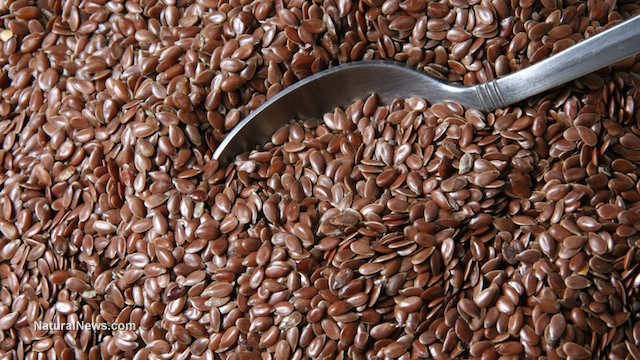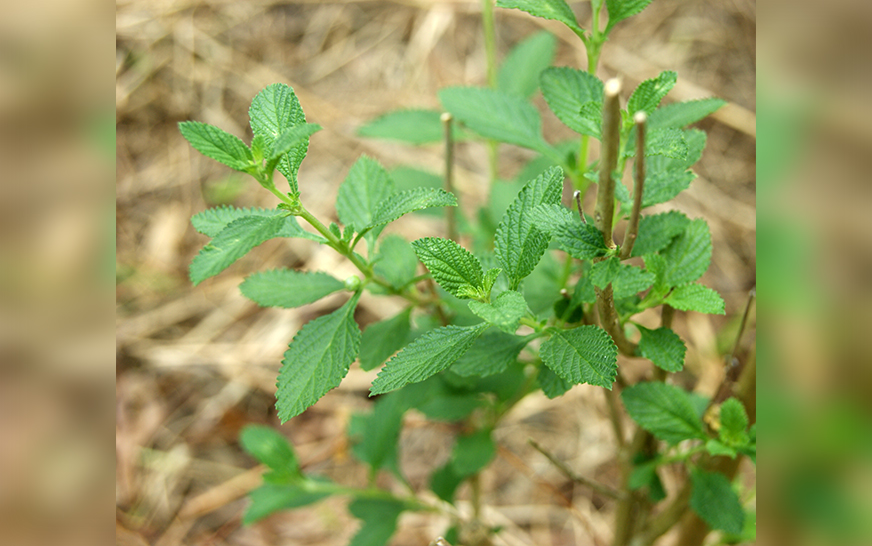Naturally boost your body’s immunity with quercetin
11/28/2018 / By Ralph Flores

The holidays aren’t the only thing that’s around the corner. It’s also the start of the flu season in certain places, including the U.S. For most Americans, this means getting their lives thrown off by the flu and its debilitating symptoms.
If that isn’t bad enough, the government is hell-bent on treating people with reportedly ineffective vaccines. A study in Canada has shown that last season’s flu vaccine was less than 20 percent effective against the H3N2 strain responsible for most infections — plus, it’s also full of neurotoxins and herbicides. This situation leaves a lot of people between a rock and a hard place.
When it comes to finding natural and safe ways to get ready for the flu season, you don’t need to look very far: Quercetin, a compound found in most fruits and vegetables can boost the body’s immunity against infections — including flu viruses influenza A and B.
Power through the flu season with quercetin
Quercetin is a flavonoid that’s present in a lot of foods we eat. It’s exclusive to plants, which use it to survive extreme weather and as protection from disease and blight. For people, it’s a potent antioxidant that prevents the harmful effects of cellular damage from free radicals. It’s also used to boost the body’s immunity, so it’s able to battle pathogens such as fungi, bacteria, and viruses.
The flu, also called influenza, is caused by two viruses: types A and B. During the flu season, these two influenza viruses — including their multiple subtypes — are passed around from one person to another, effectively infecting more people. The effects of the flu also widely vary: Some people experience mild discomfort, while others have serious and life-threatening symptoms. It’s especially dangerous for certain groups of people like young children, older adults, and those with pre-existing medical conditions.
It’s also worth noting that the flu virus is responsible for some of the worst pandemics in recent history, with the deadliest being the Flu Pandemic of 1918. The pandemic affected 500 million people around the world and resulted in at least 50 million deaths, with 25 million of those coming from the first 25 weeks alone.
In conventional medicine, treating a viral (or a bacterial) infection means flooding the body with drugs. This procedure, in particular, increases the risk of mutation — making the virus resistant to the drug that’s designed to kill it. This puts quercetin at an advantage: It can boost the immune system and prevent cell damage, allowing the body to defeat the virus on their own. Quercetin also interferes with a virus’s replication cycle, effectively stopping it on its tracks.
Quercetin’s ability to fend off the flu is one that’s backed up by multiple studies. In one study published in the American Journal of Physiology-Regulatory Integrative and Comparative Physiology, researchers found that mice treated with quercetin before exposing them to influenza-inducing situations were more resistant to the disease. The study, which looked at quercetin’s ability to boost resistance after a particularly strenuous activity, found that the flavonoid helped the body overcome immunosuppression following fatigue. Another study published in the journal Pharmacology Research noted that taking quercetin supplements significantly reduced the number of common cold-related absences. The study showed that quercetin use boosted work attendance by over 30 percent.
For those looking to add quercetin in their diet, capers are one its best sources, with over 230 mg present in a 100 g serving. Other great sources are lovage leaves, wild rockets, and radish leaves.
Learn more about the other benefits of quercetin at Phytonutrients.news.
Sources include:
Tagged Under: antioxidants, flavonoids, Flu, food as medicine, infectious diseases, influenza, natural cures, phytochemicals, phytonutrients, plant based cures, quercetin, supplements, viral infections, Viruses
RECENT NEWS & ARTICLES
COPYRIGHT © 2017 ALTERNATIVE MEDICINE NEWS




















